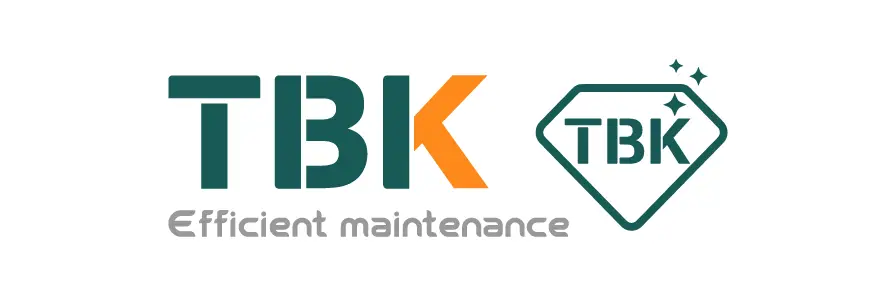Addressing Common Issues Faced With OCA Machines In Repairs
As technology continues to advance, the use of OCA (optically clear adhesive) machines in repairs has become more prevalent. These machines are essential for repairing electronic devices such as smartphones, tablets, and laptops by bonding the screen to the device's body with precision and clarity. However, like any other piece of equipment, OCA machines are not immune to common issues that may arise during repairs. In this article, we will address some of the common problems faced with OCA machines in repairs and provide solutions to overcome them.
Calibration Errors
One of the most common issues technicians face when using OCA machines is calibration errors. Calibration is crucial for ensuring the machine applies the adhesive accurately and precisely. When calibration errors occur, the result can be uneven adhesive application, leading to poor screen bonding and a subpar repair job.
To address calibration errors, the first step is to check the machine's calibration settings and make adjustments as needed. This may involve recalibrating the machine using the manufacturer's guidelines or seeking assistance from technical support. Additionally, ensuring the machine is properly maintained and cleaned regularly can help prevent calibration errors from occurring in the future.
Adhesive Dispensing Problems
Another common issue that technicians encounter with OCA machines is adhesive dispensing problems. Adhesive dispensing is a critical step in the repair process, as it determines the amount of adhesive applied to the screen. Issues such as inconsistent adhesive flow, clogs in the dispensing nozzle, or air bubbles in the adhesive can lead to uneven bonding and poor repair quality.
To address adhesive dispensing problems, technicians should first check the machine's dispensing settings and adjust them accordingly. Cleaning the dispensing nozzle regularly and ensuring it is free of any obstructions can also help prevent issues with adhesive flow. Additionally, purging the machine's adhesive lines and replacing old adhesive cartridges can improve dispensing consistency.
Temperature Control Issues
Temperature control is another common problem faced with OCA machines during repairs. Maintaining the correct temperature is crucial for ensuring the adhesive cures properly and bonds the screen to the device effectively. Issues such as overheating, underheating, or temperature fluctuations can result in adhesive failure and compromised repair quality.
To address temperature control issues, technicians should first ensure the machine's heating elements are functioning correctly and calibrated to the recommended temperature. Regularly monitoring the machine's temperature settings during repairs can help prevent overheating or underheating. Using temperature-resistant gloves and tools when handling the machine can also help maintain consistent temperatures and prevent fluctuations.
Vacuum Seal Problems
Vacuum seal problems are another common issue that technicians may encounter when using OCA machines. The vacuum seal is essential for holding the device in place during the bonding process and ensuring a secure fit between the screen and the device's body. Issues such as leaks in the vacuum seal, insufficient suction power, or debris blocking the seal can result in uneven bonding and compromised repair quality.
To address vacuum seal problems, technicians should first inspect the machine's vacuum seal for any leaks or damage and repair or replace it as needed. Cleaning the seal and the machine's vacuum chamber regularly can help prevent debris from obstructing the seal and affecting suction power. Adjusting the machine's vacuum settings to ensure optimal suction strength can also improve bonding consistency.
Software Glitches
In addition to hardware issues, technicians may also encounter software glitches with OCA machines during repairs. Software glitches can disrupt the machine's operations, leading to errors in adhesive application, temperature control, or other critical functions. These glitches can be caused by outdated software, corrupted files, or compatibility issues with other devices.
To address software glitches, technicians should first check for software updates and install them to ensure the machine is running the latest version. Clearing the machine's cache and resetting any custom settings can help resolve software conflicts and improve system stability. If software glitches persist, technicians may need to contact the manufacturer for technical support or assistance in resolving the issue.
In conclusion, OCA machines are valuable tools for repairing electronic devices, but they are not without their challenges. By addressing common issues such as calibration errors, adhesive dispensing problems, temperature control issues, vacuum seal problems, and software glitches, technicians can ensure their OCA machines perform optimally and deliver high-quality repairs. Regular maintenance, proper calibration, and troubleshooting techniques can help overcome these issues and keep OCA machines running smoothly for years to come.





























